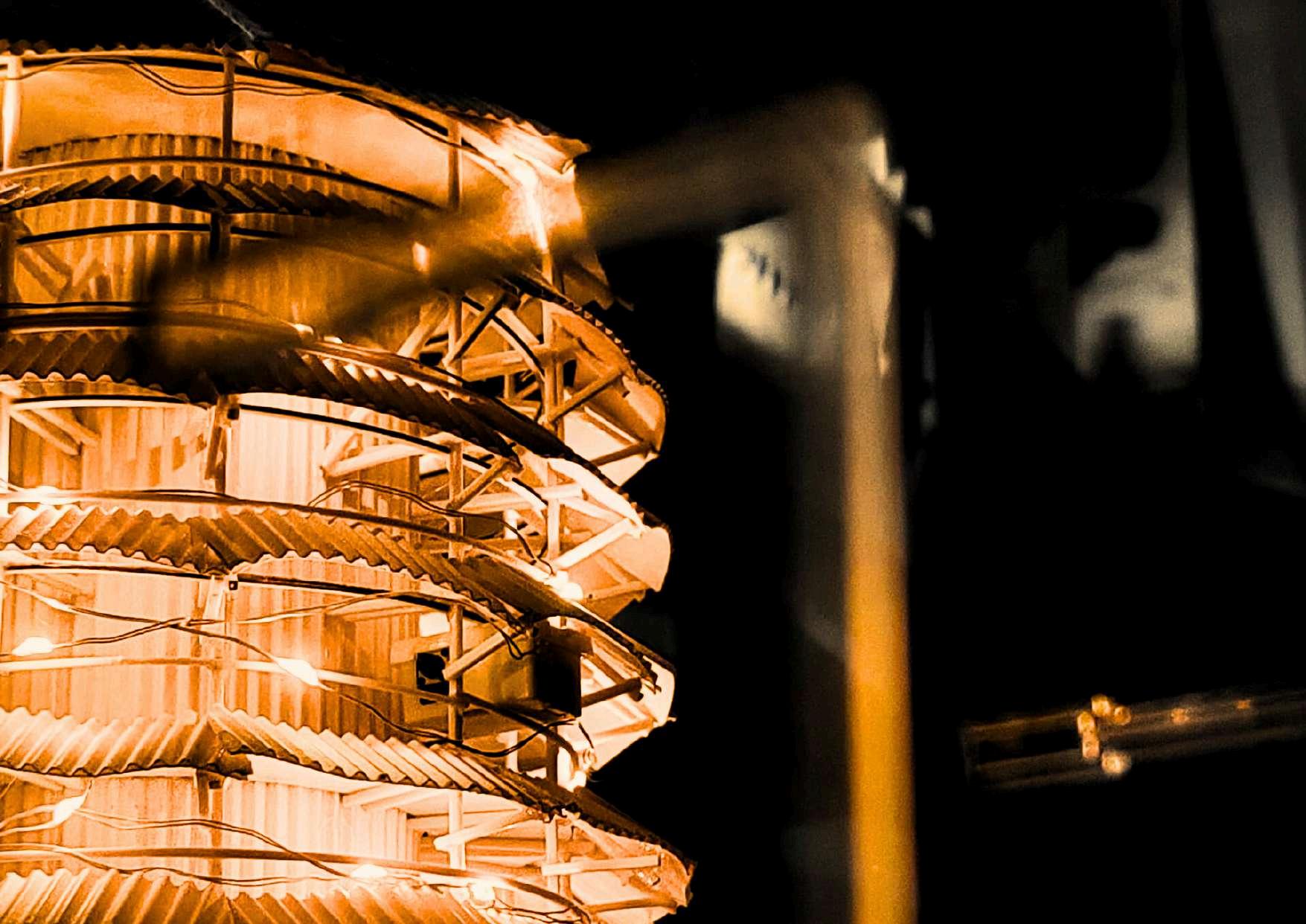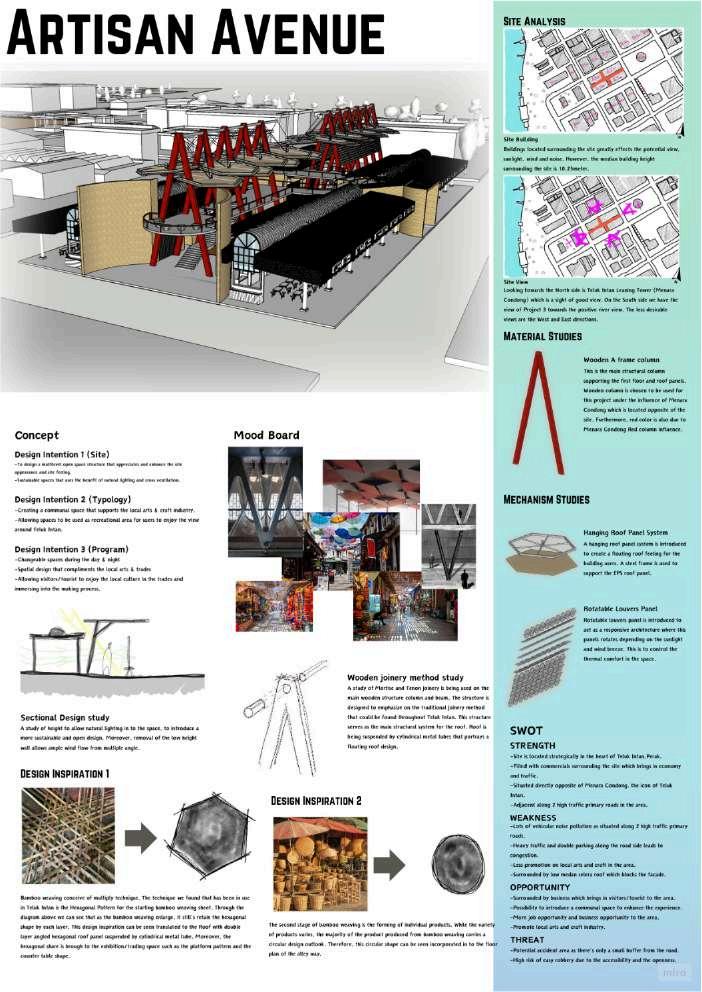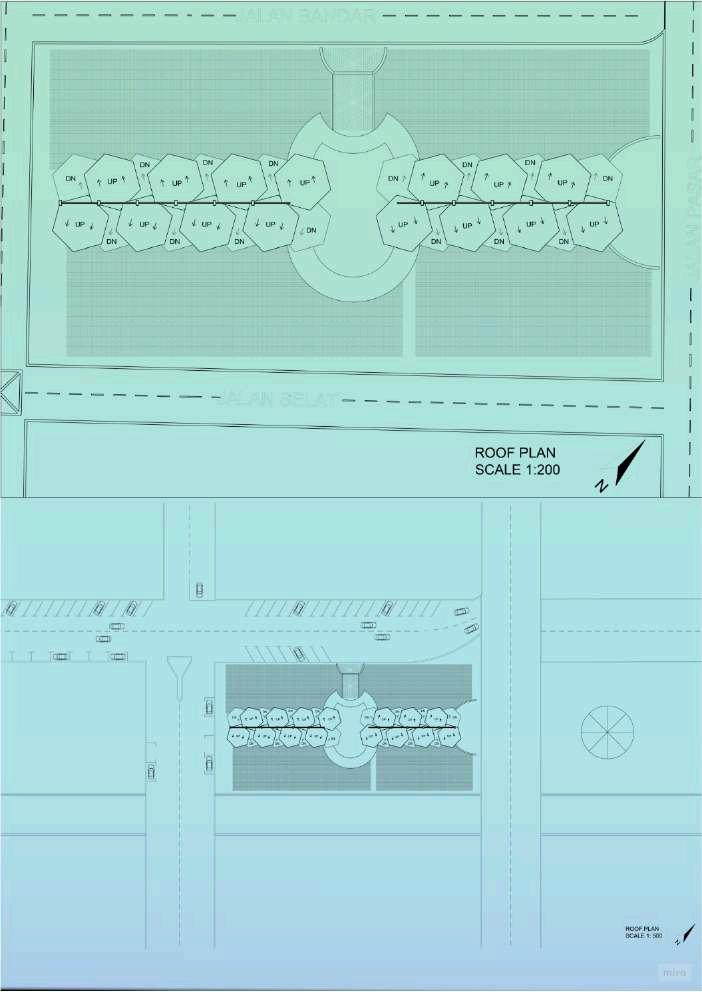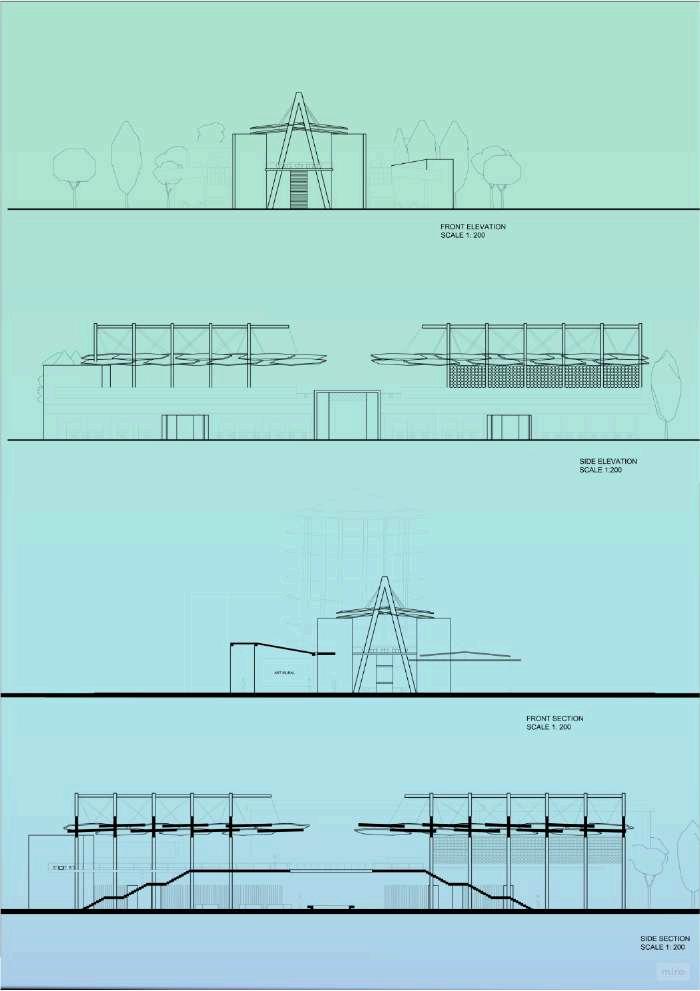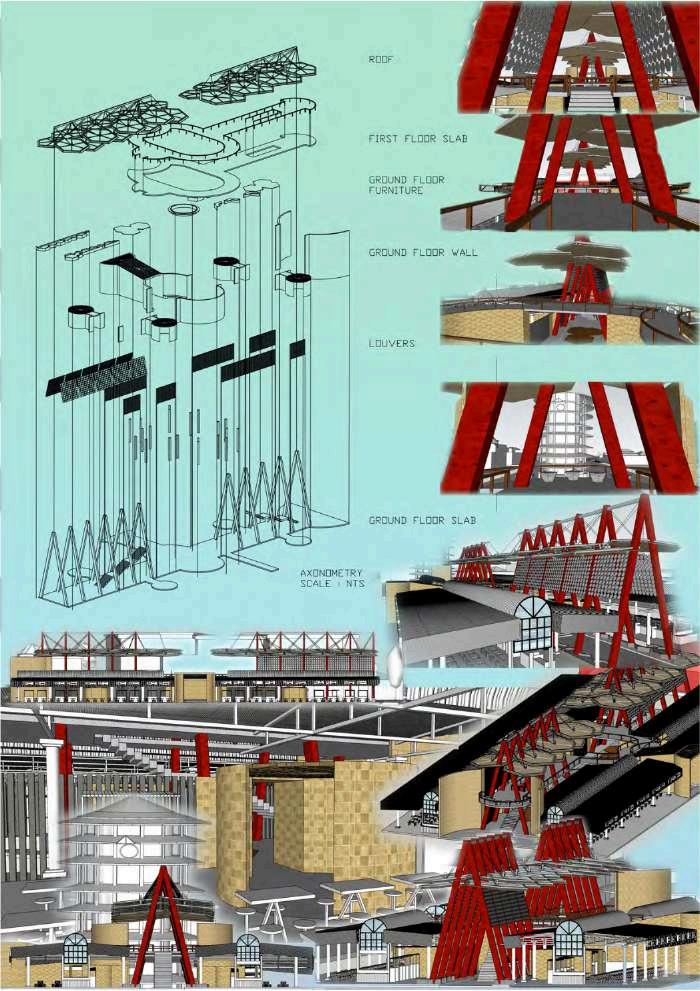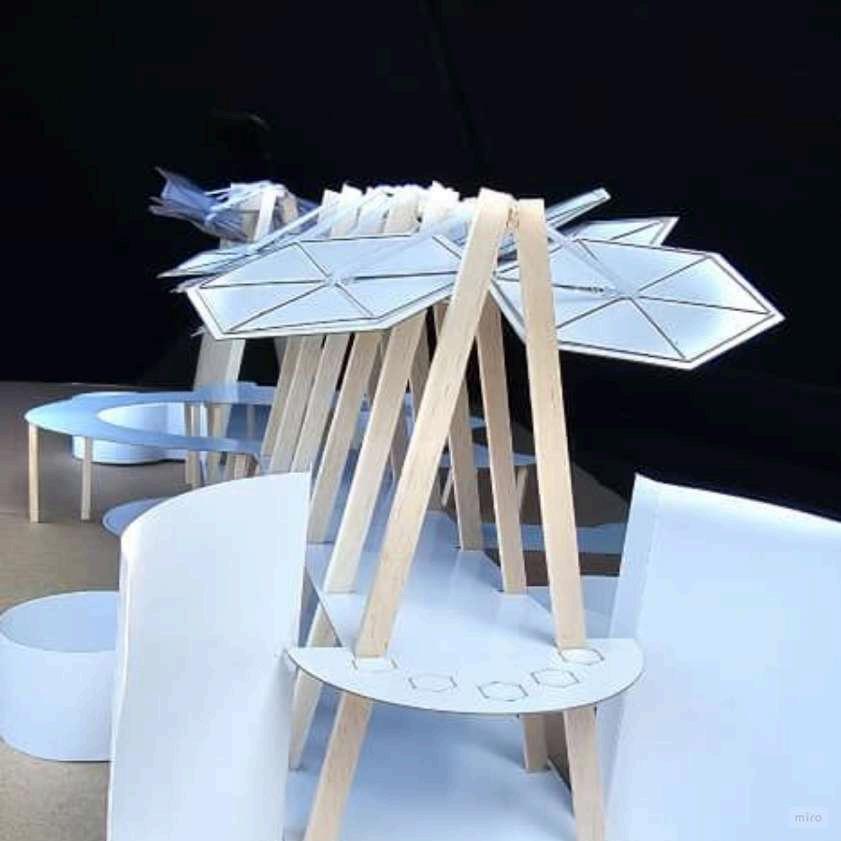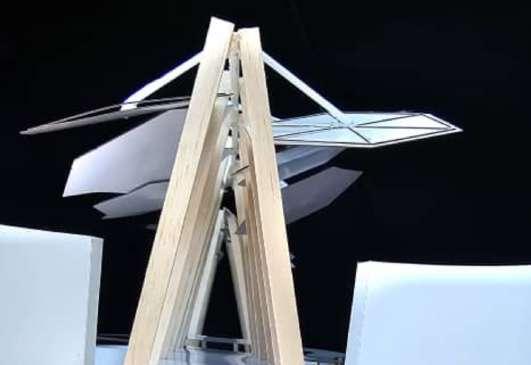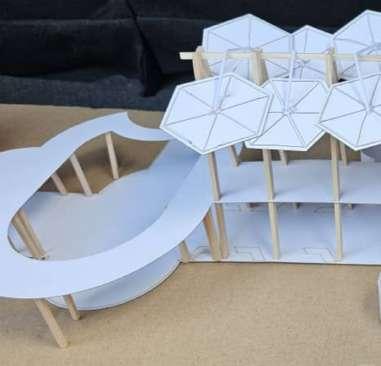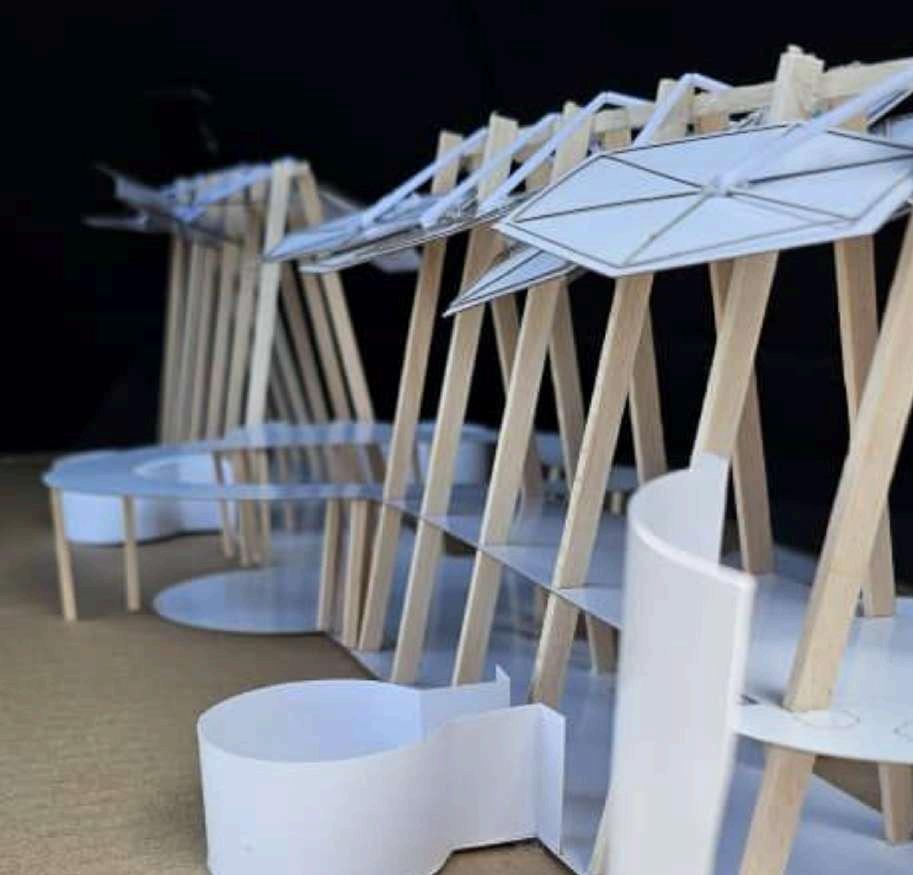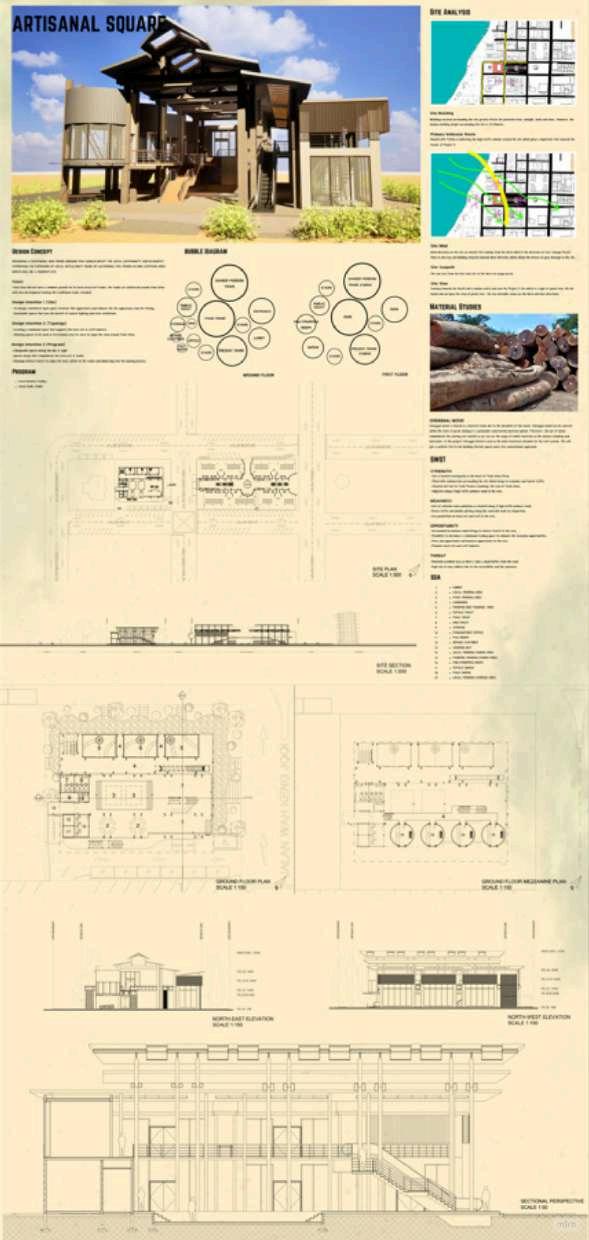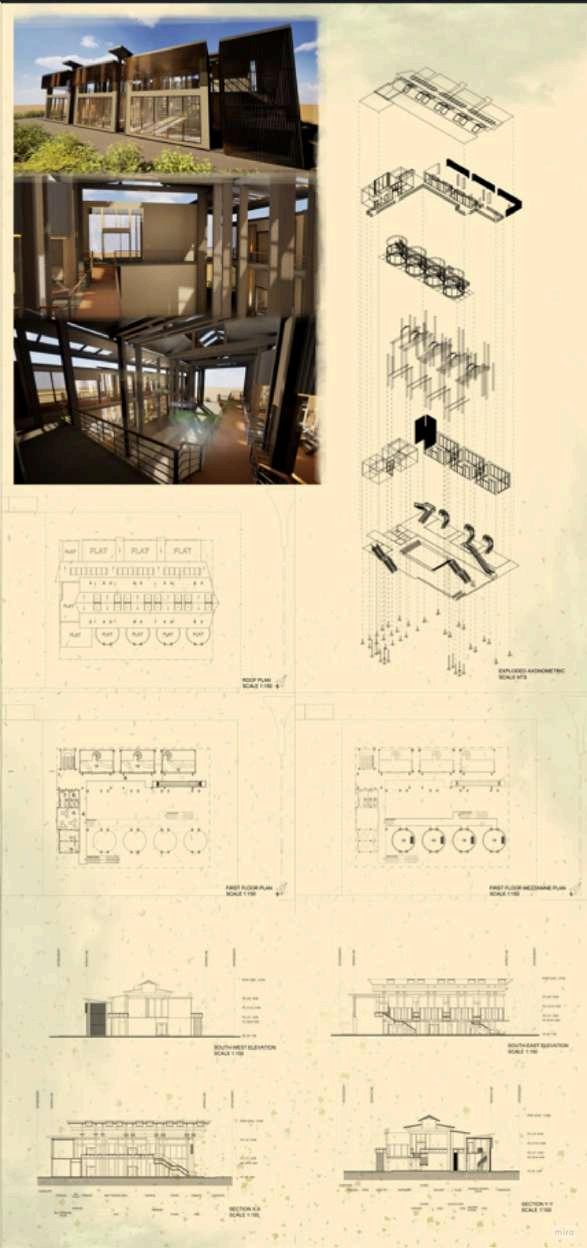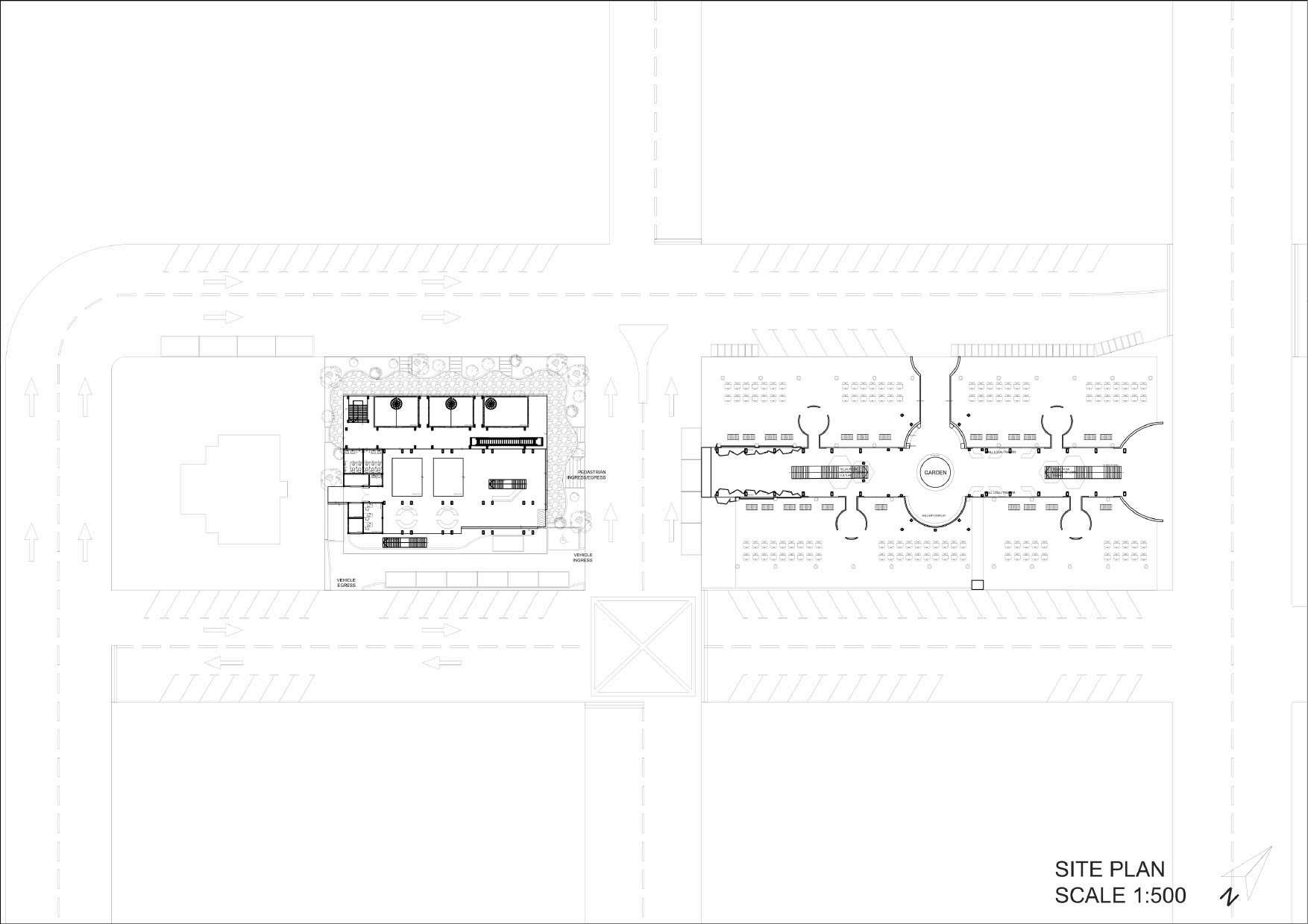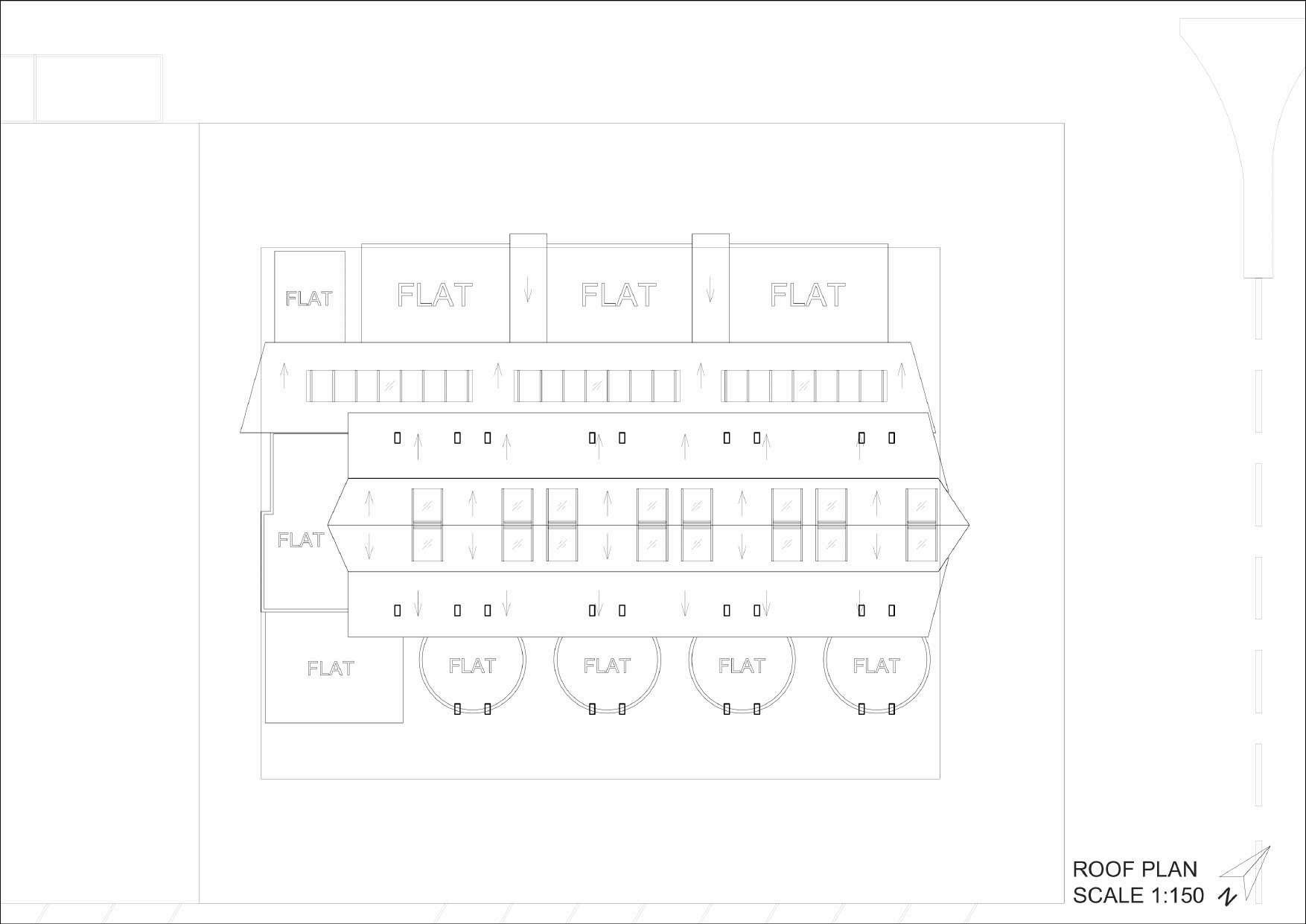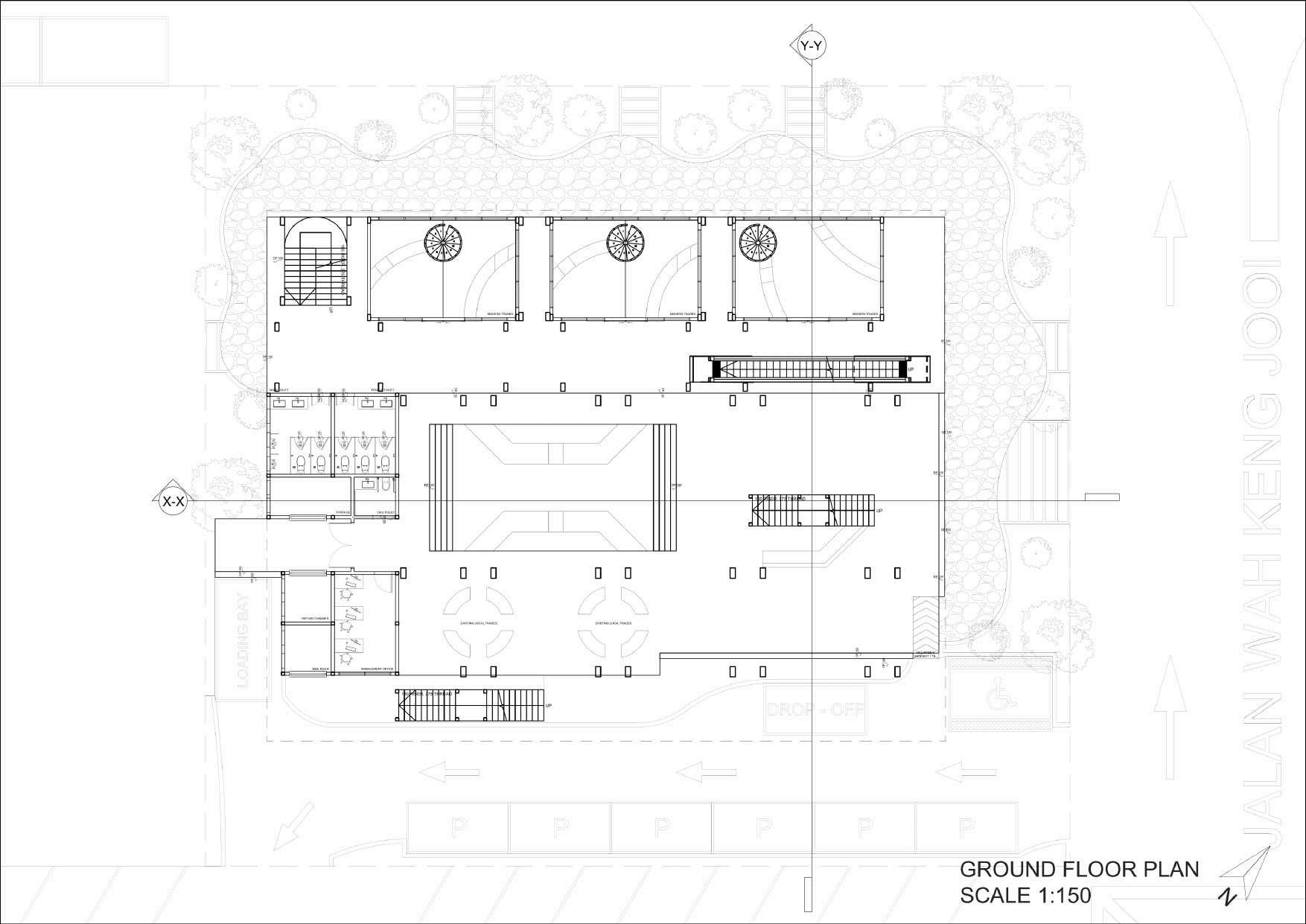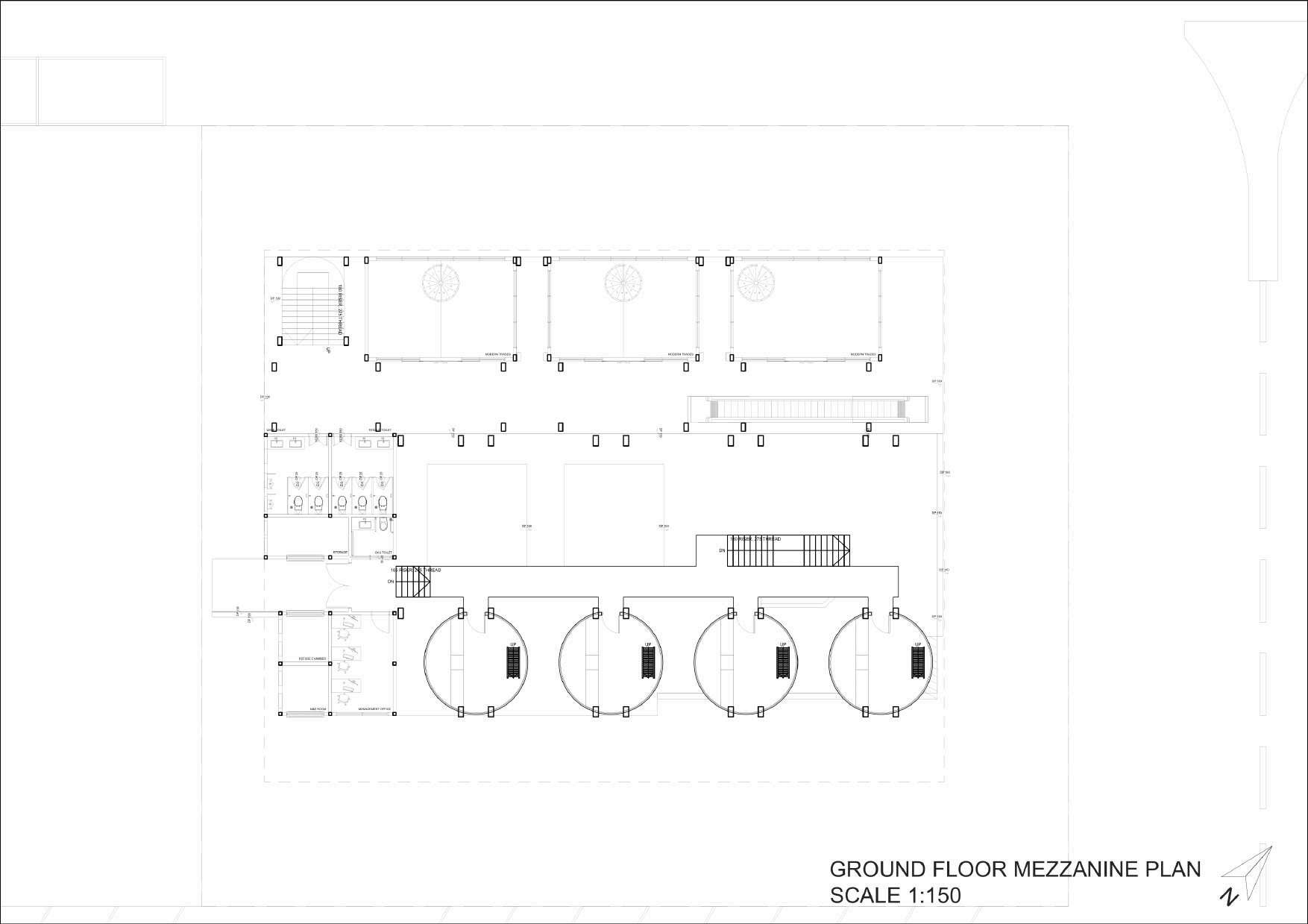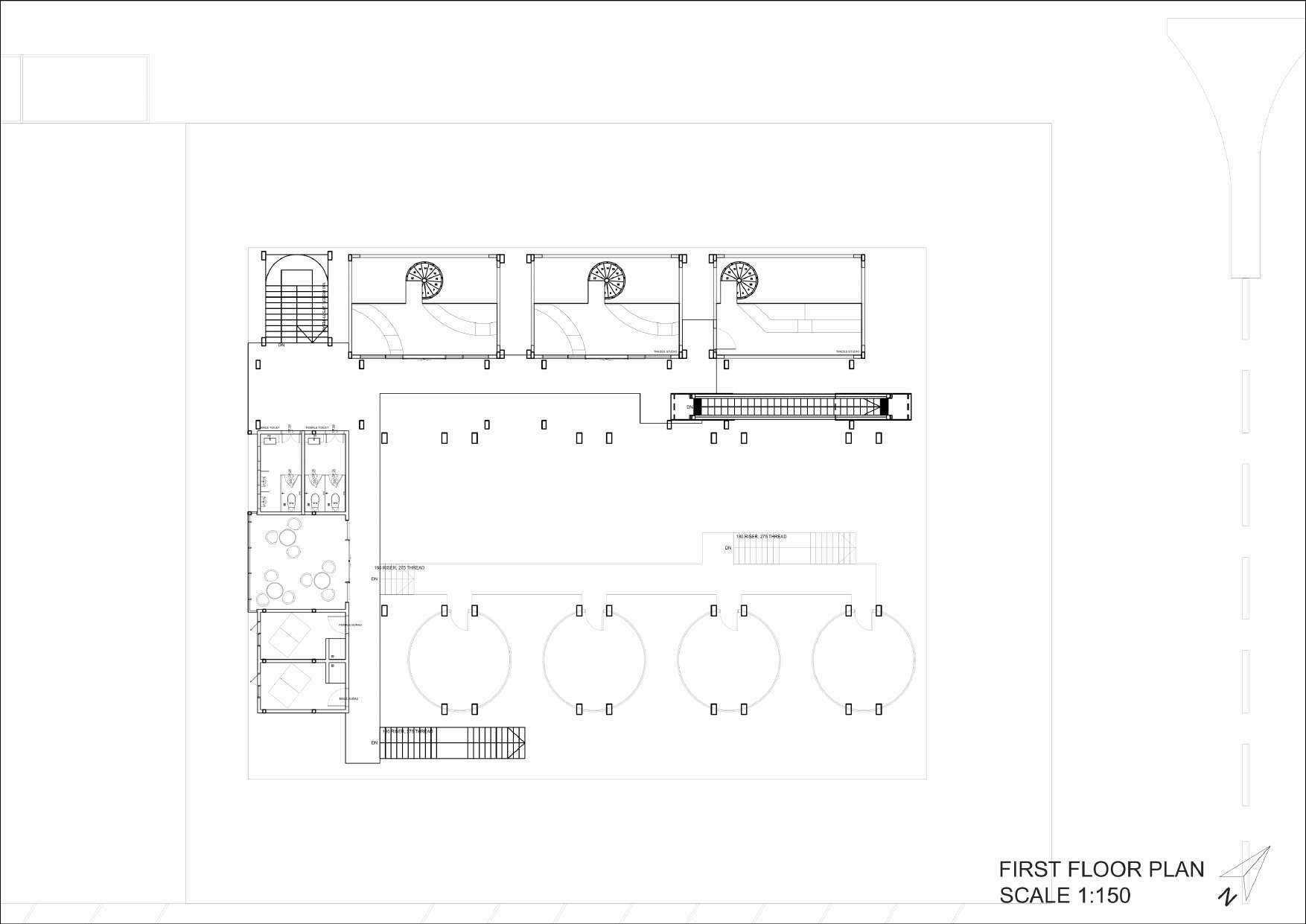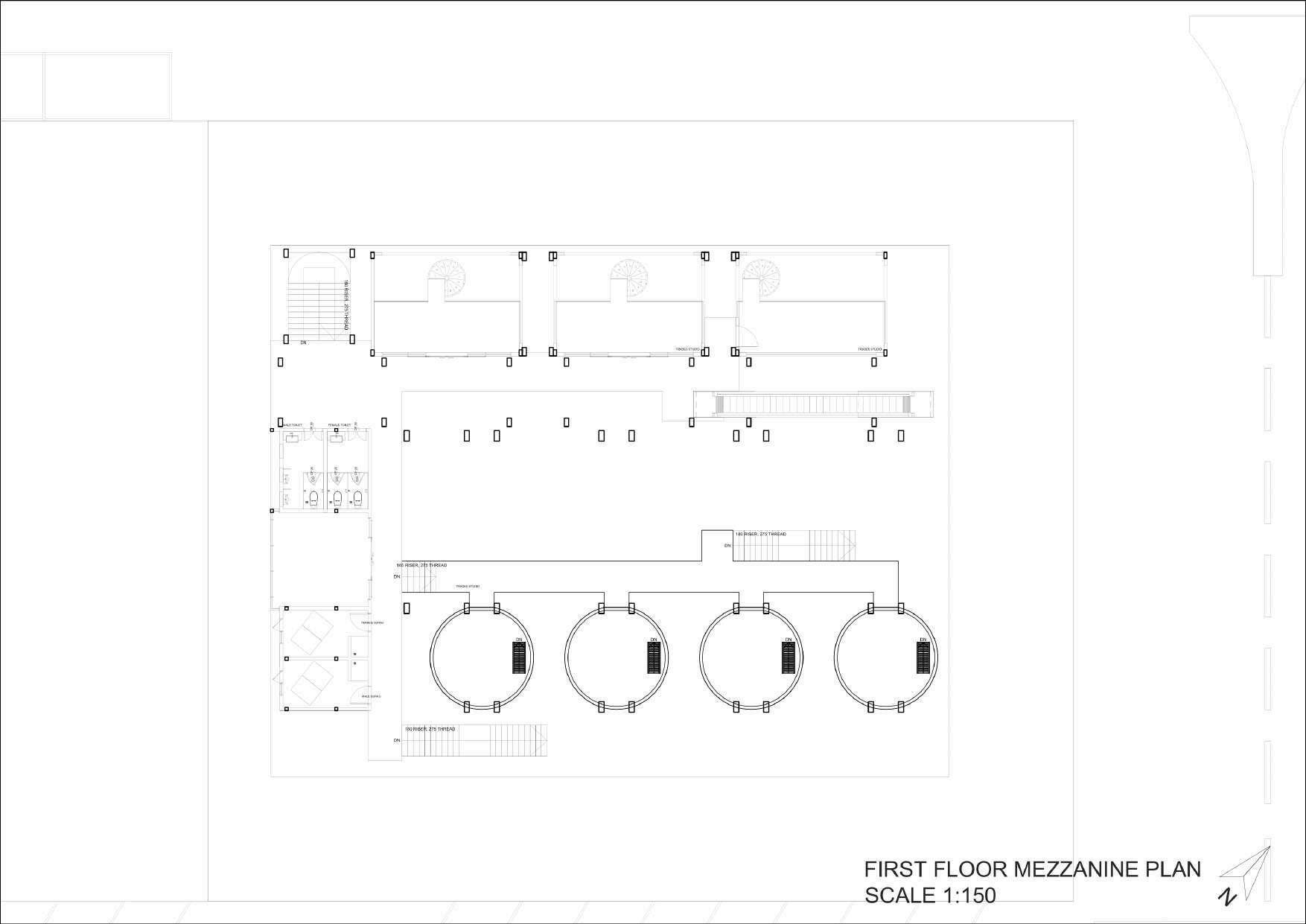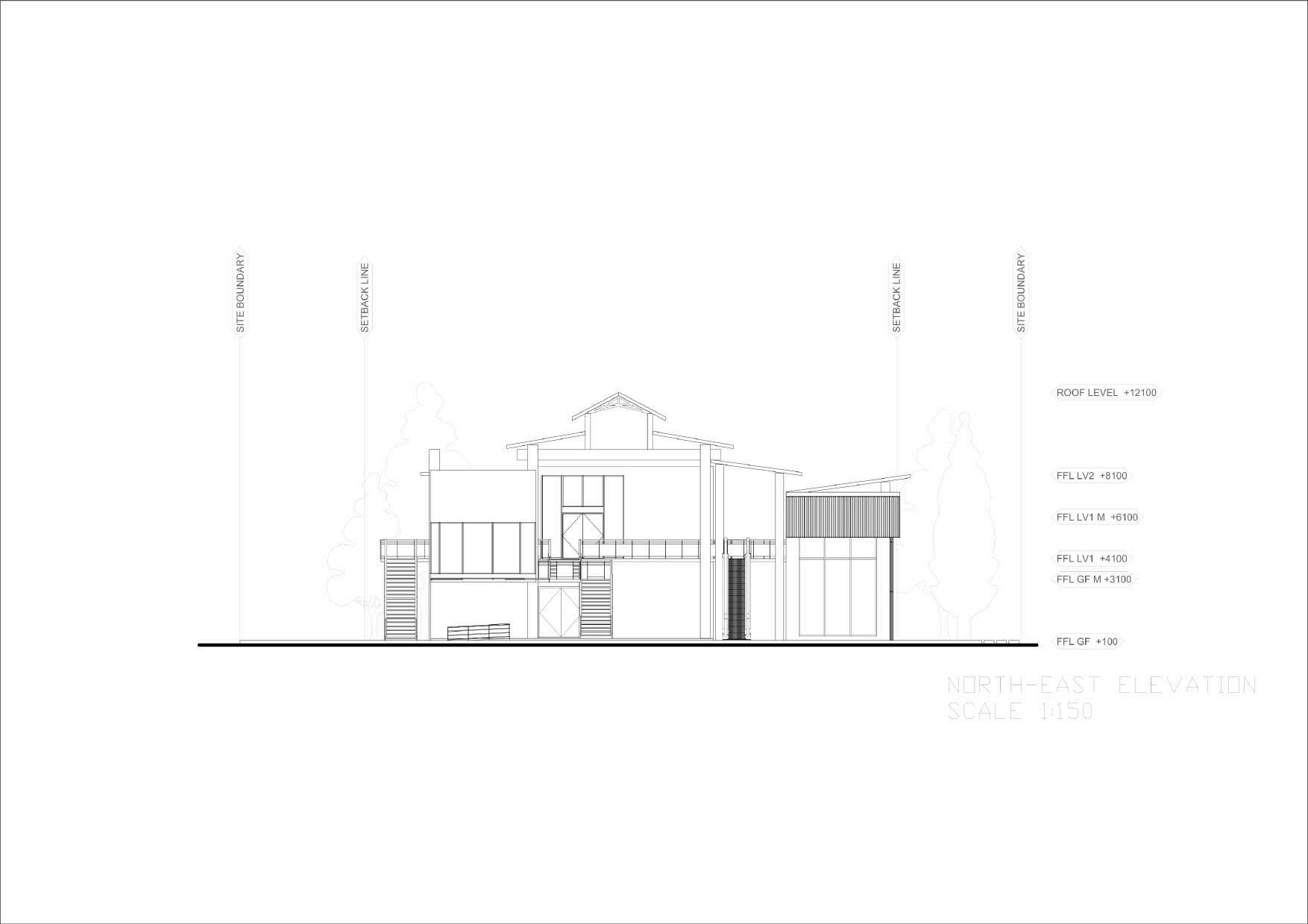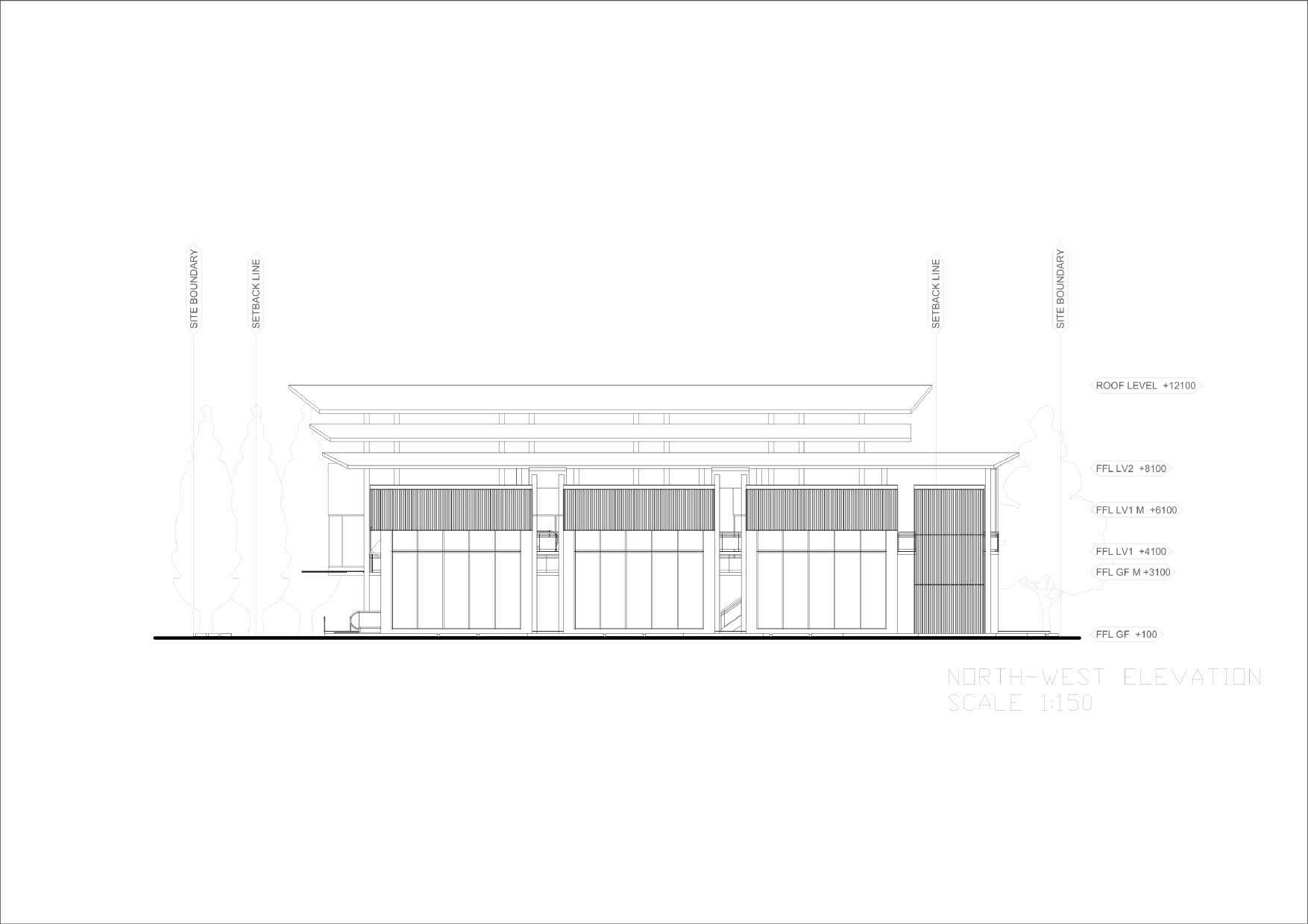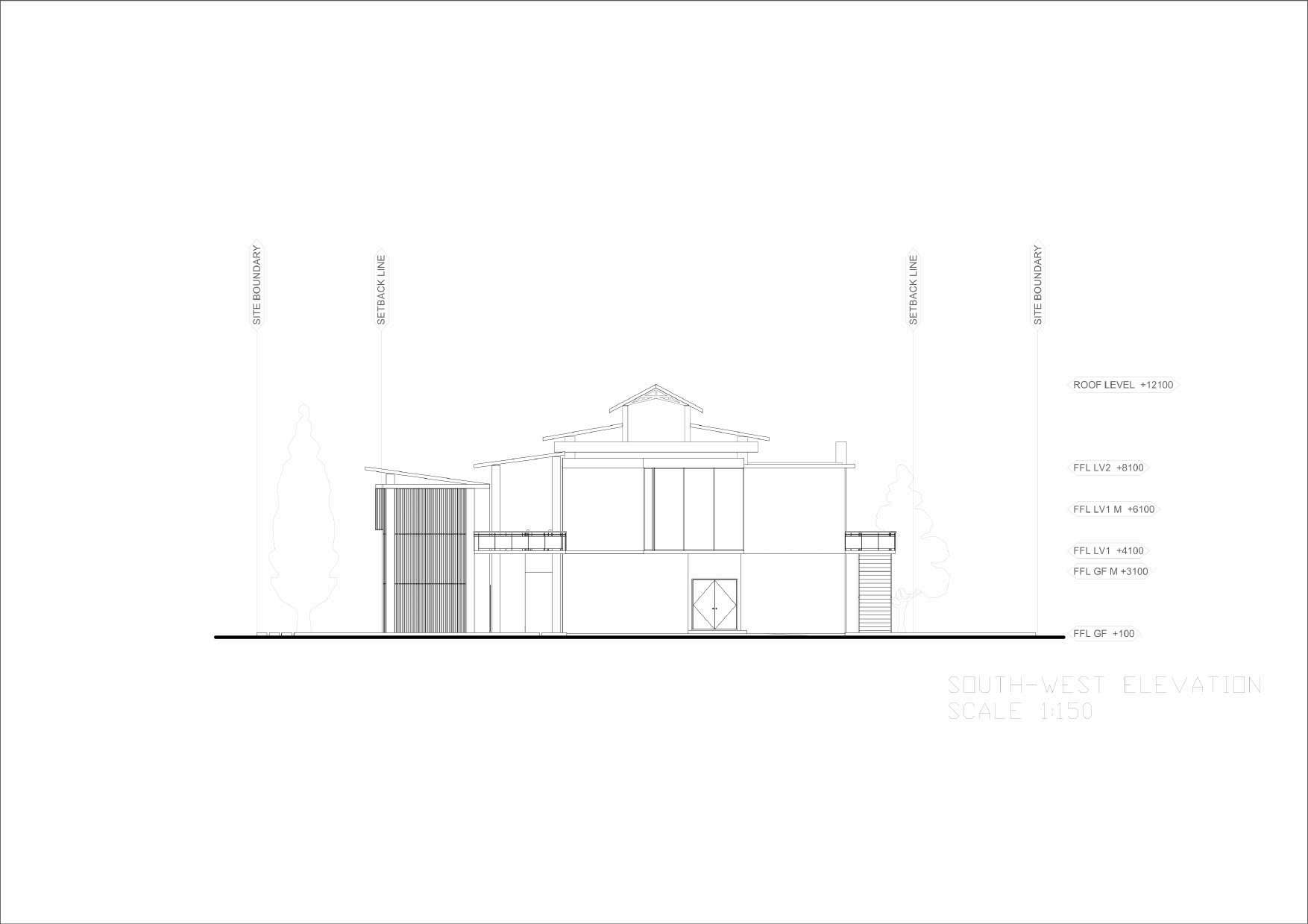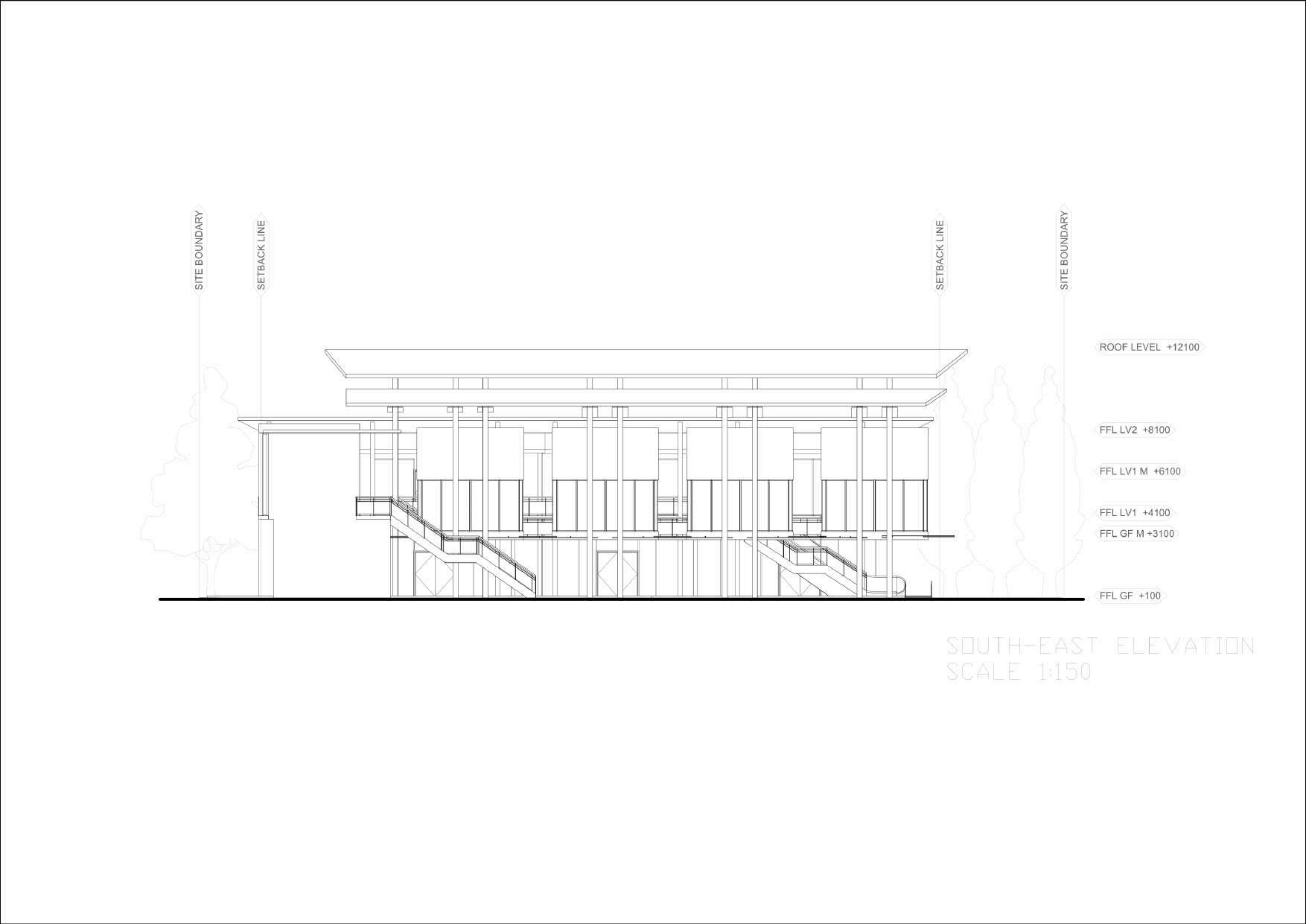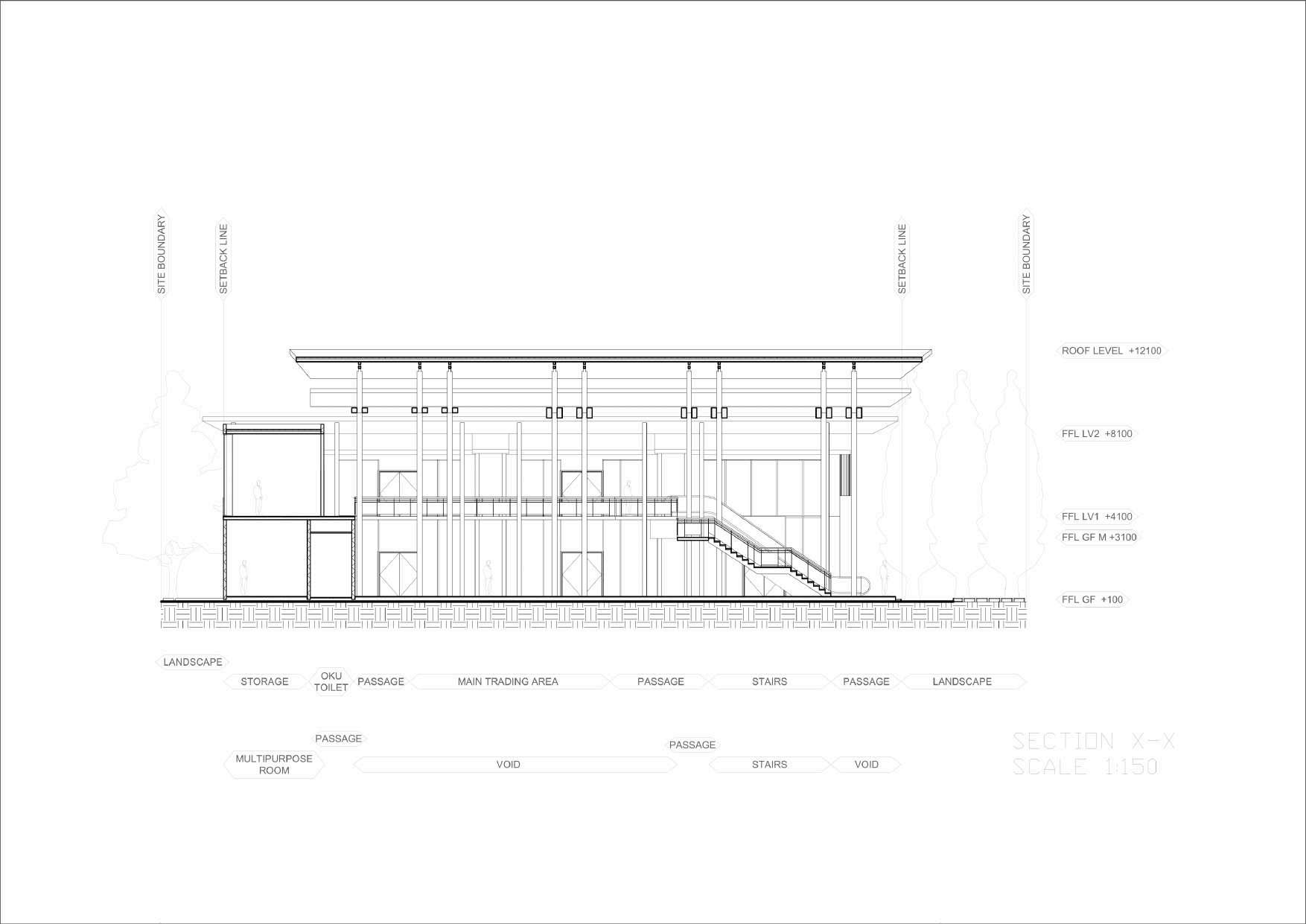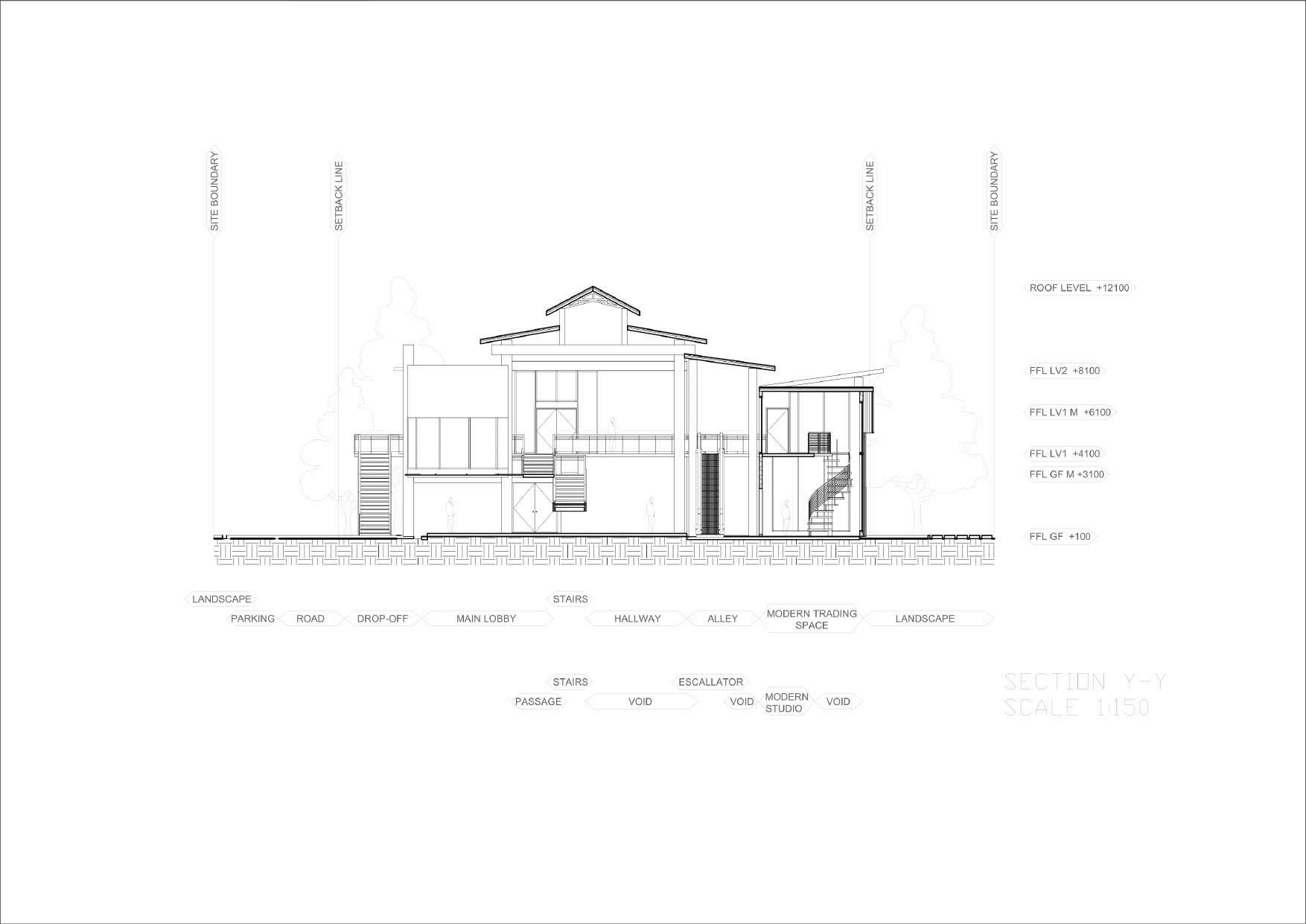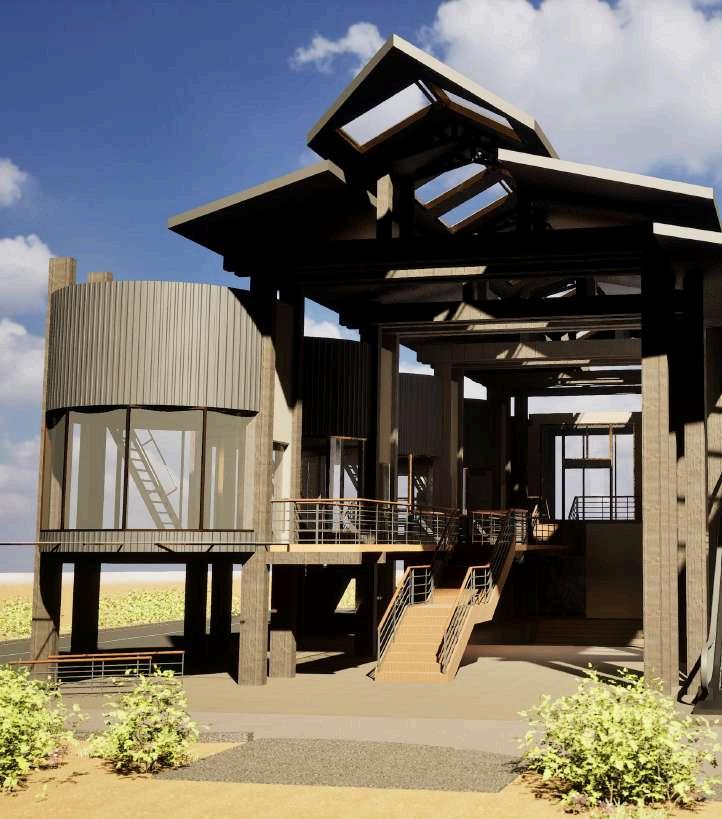






Hee Choon Yew, born on 23rd December 2002 in the state of Kuala Lumpur, Malaysia. Current age 22 years old. Graduated with Diploma in Architectural studies at UCSI University and currently pursuing Bachelor of Science (Hons) in Architecture at UCSI University.

PROJECT 01 A
CULTURAL MAPPING
PROJECT 01 B
SITE ANALYSIS - DATA COLLECTION
PROJECT 01 C
SITE MODEL - MICRO
PROJECT 02 A
DISSECTION OF TELUK INTAN - TRADES/CRAFT/INCLUENCE
PROJECT 02 B
PLACEMAKING REINTERPRETATION AND FACADE DESIGN
SITE MODEL
PROJECT 03
TOURISM CENTER - TRADING X EXHIBITION CENTER
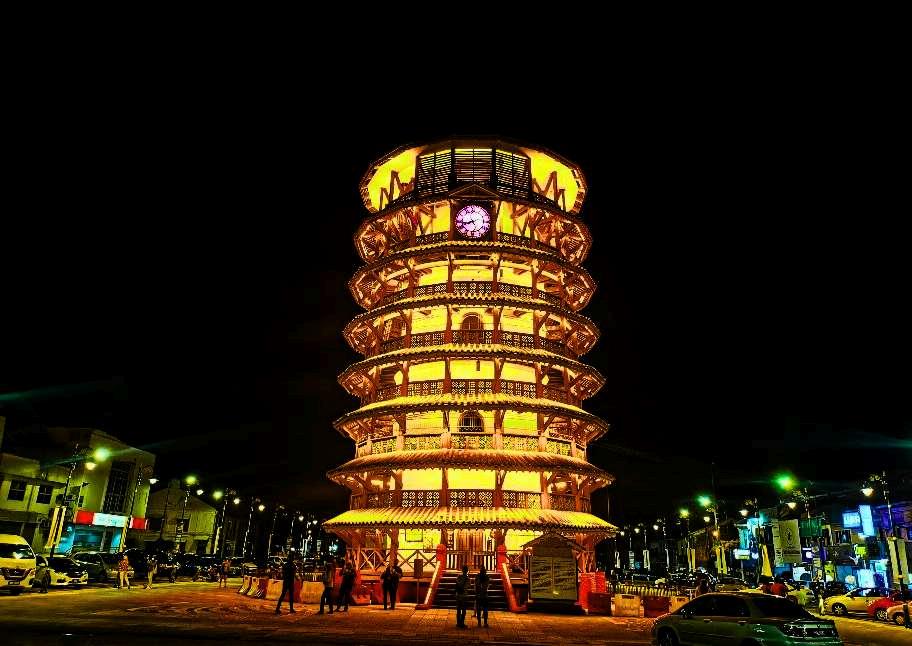
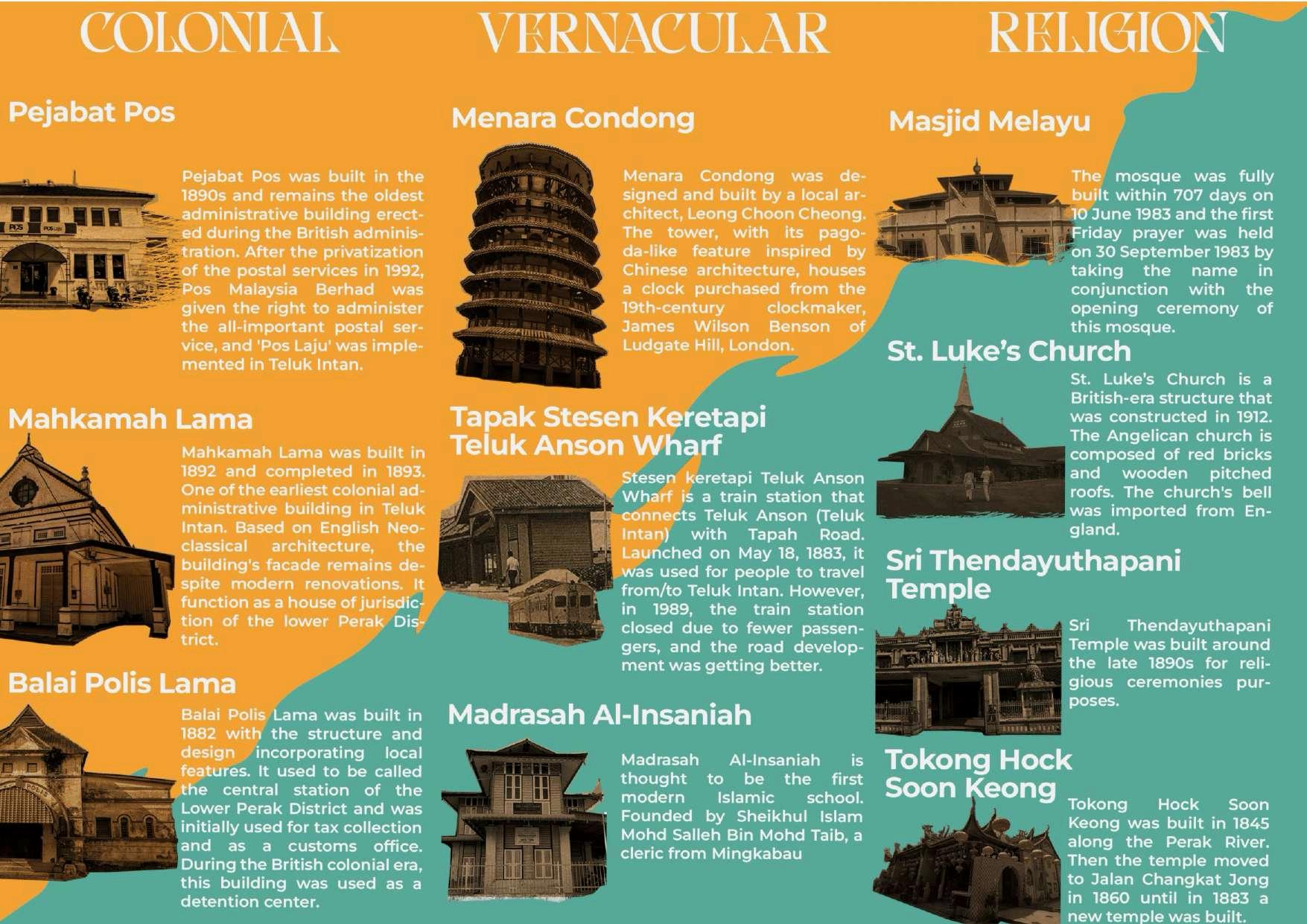
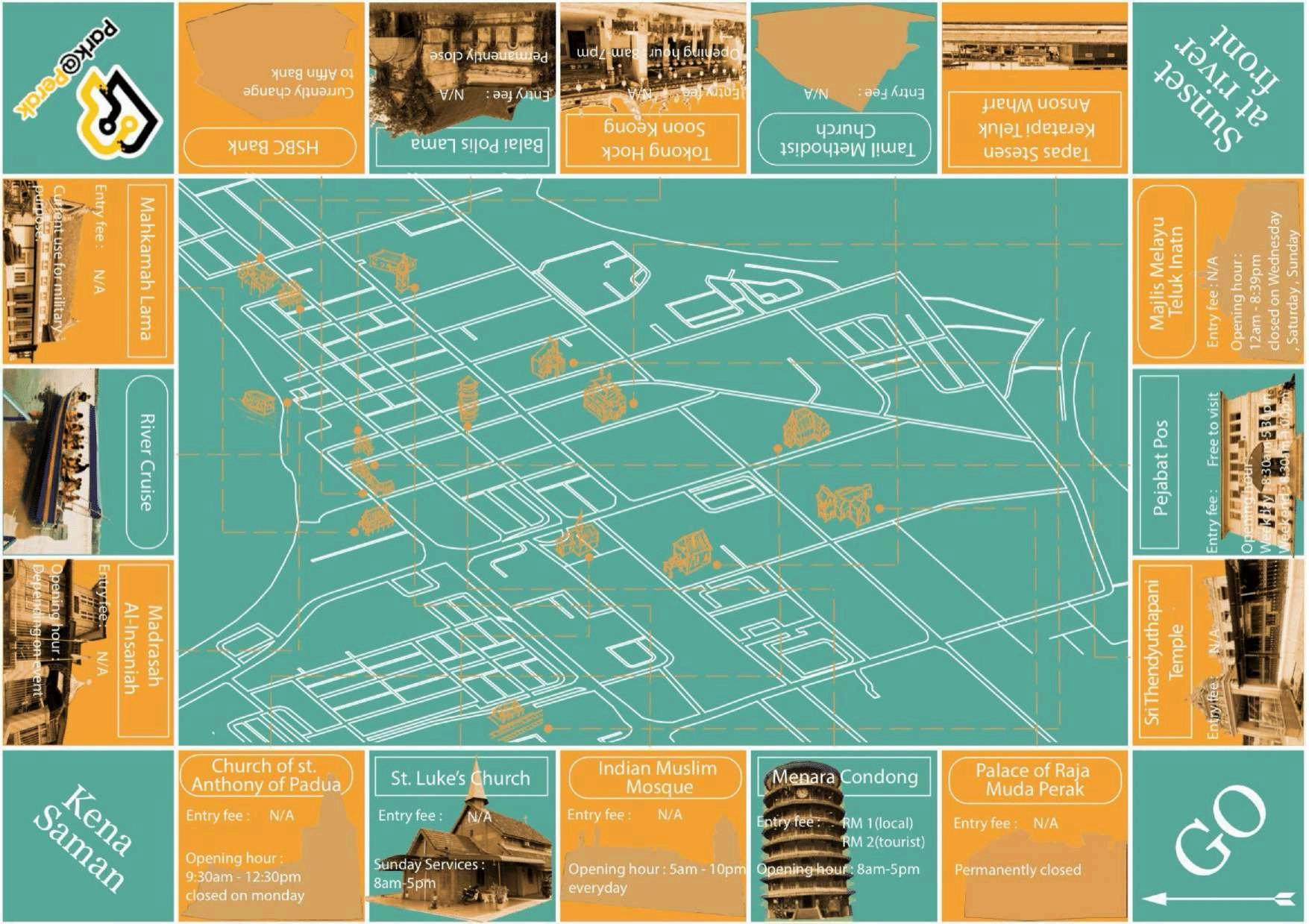
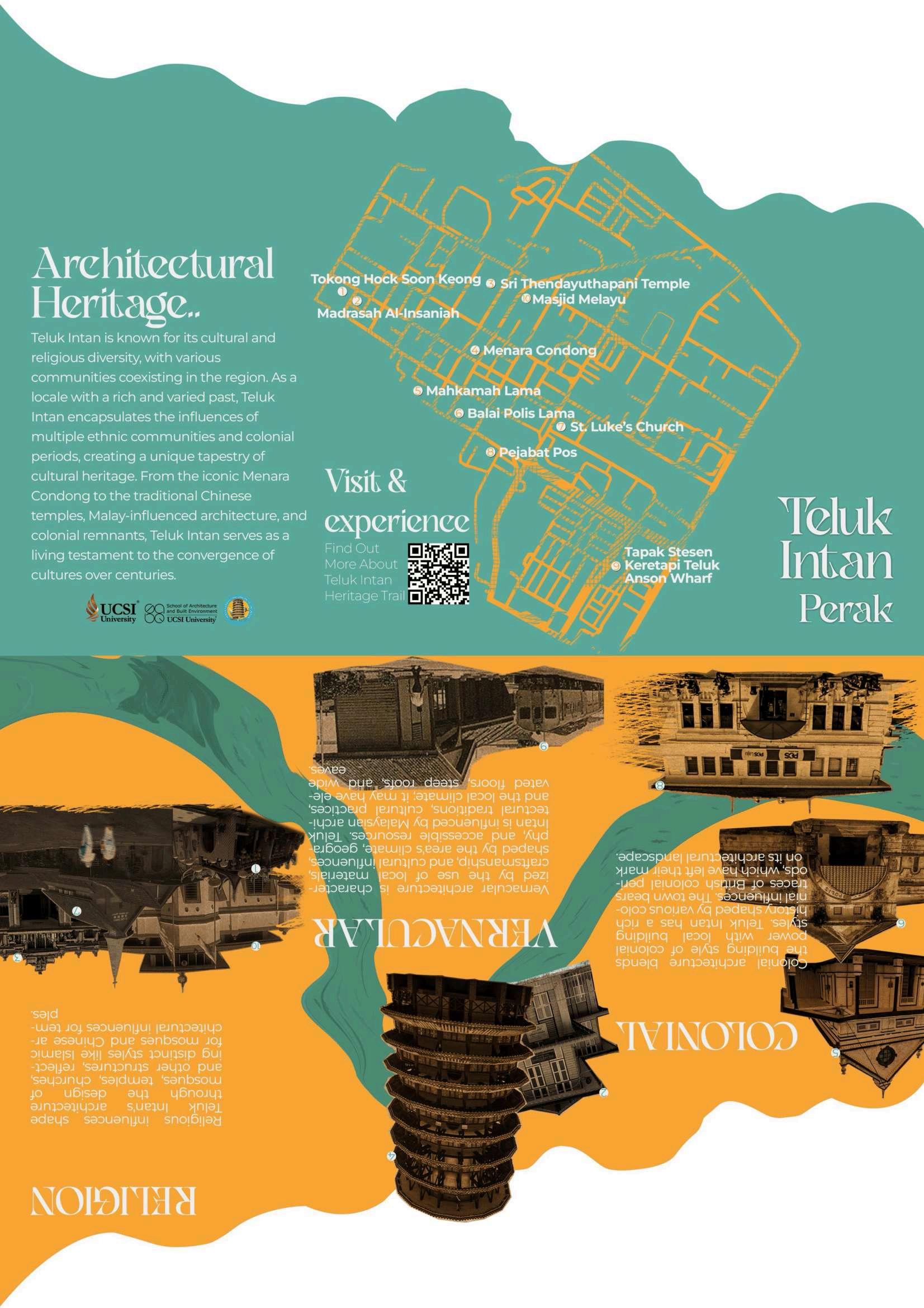
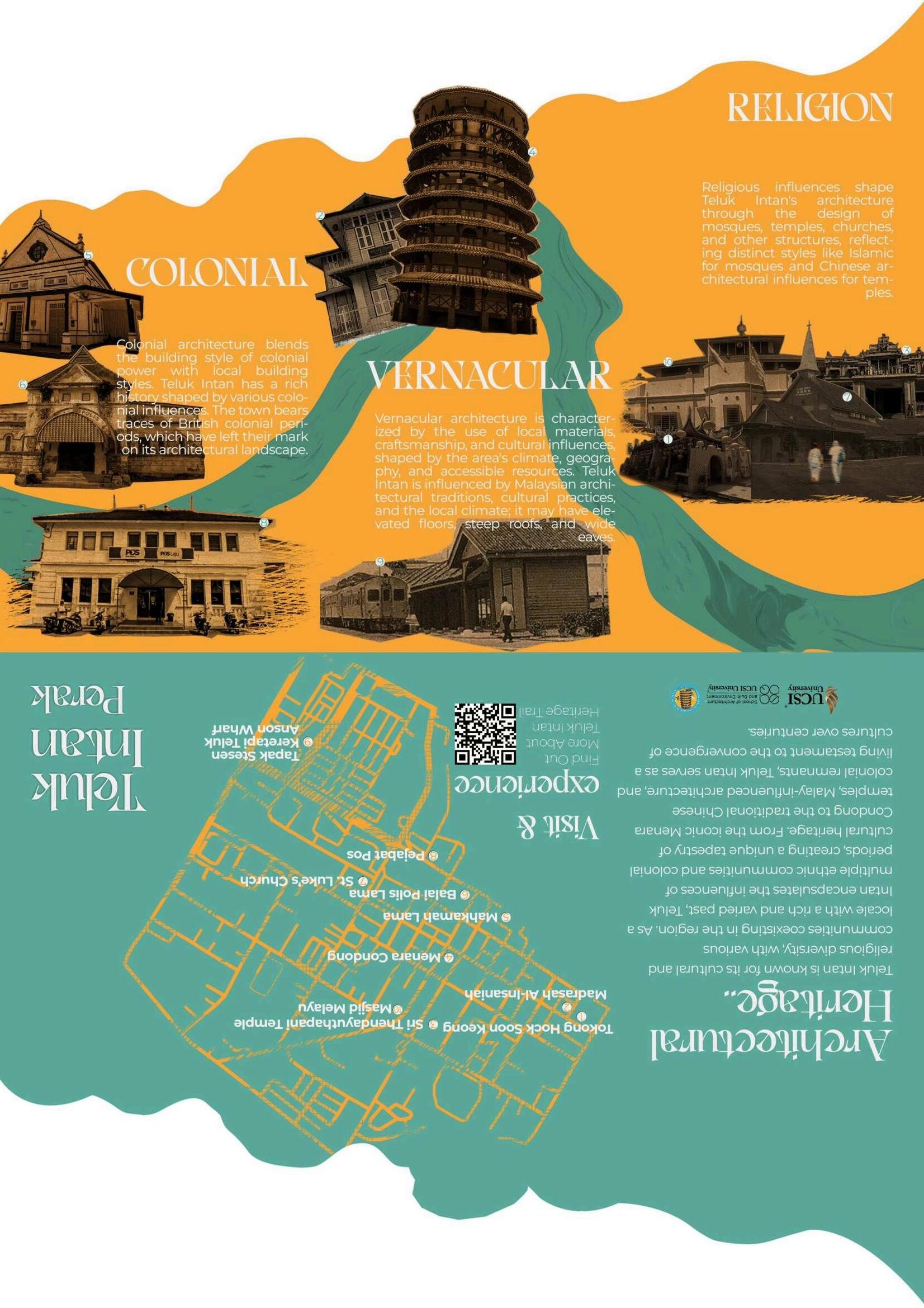
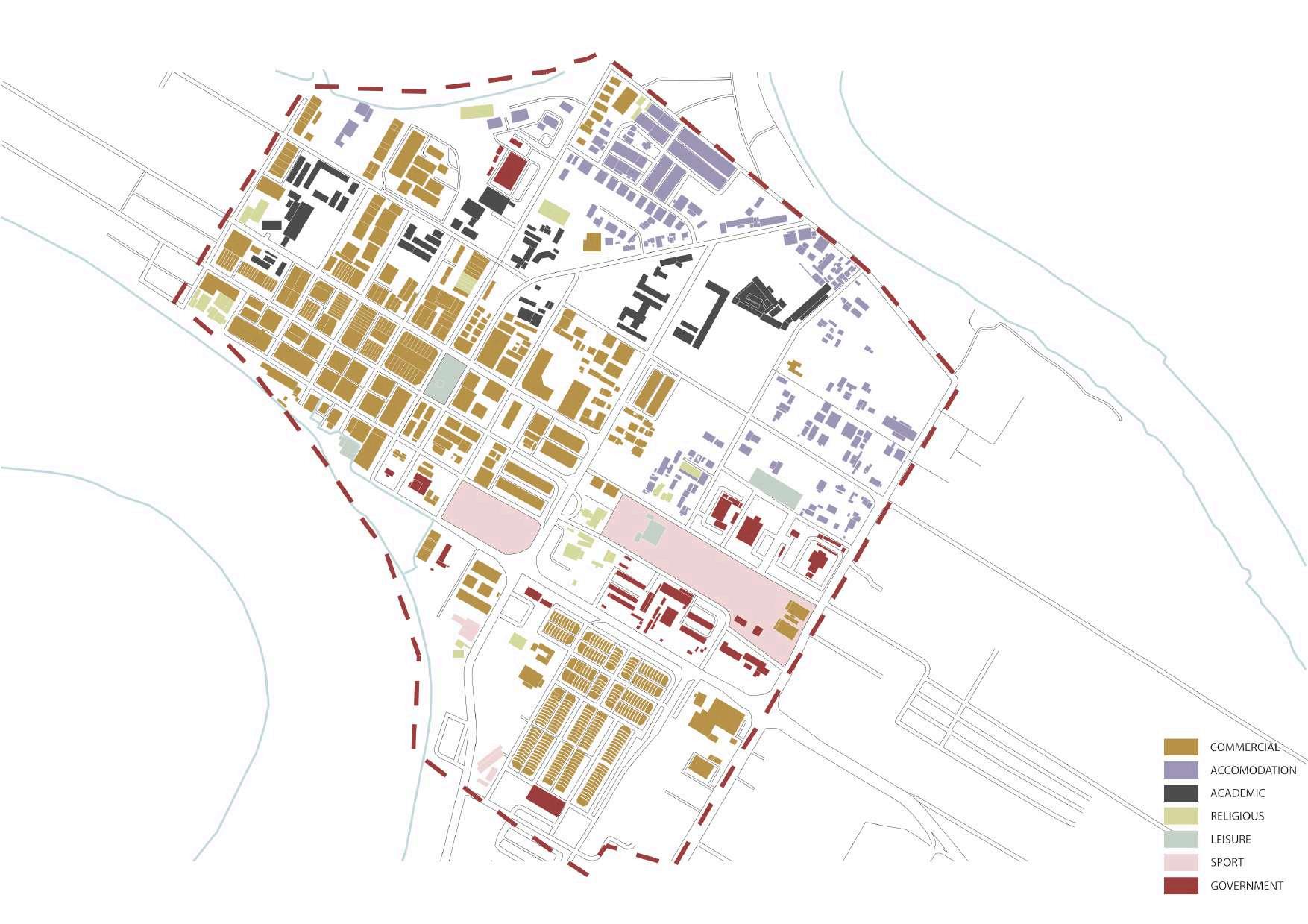
SPEEDYFIELD
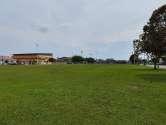

NIGHTTIME DAYTIME
PASARMALAMCARPARK
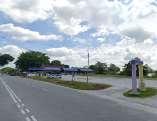
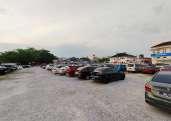
NIGHTTIME DAYTIME
NIGHTMARKET(SATURDAY)
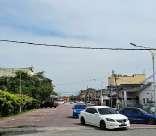
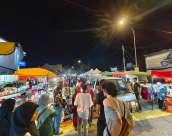
NIGHTTIME DAYTIME
BASKETBALLCOURT
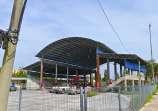
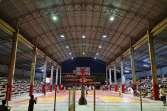
NIGHTTIME DAYTIME
LEANINGTOWER
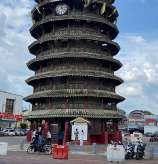
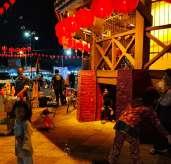
NIGHTTIME DAYTIME
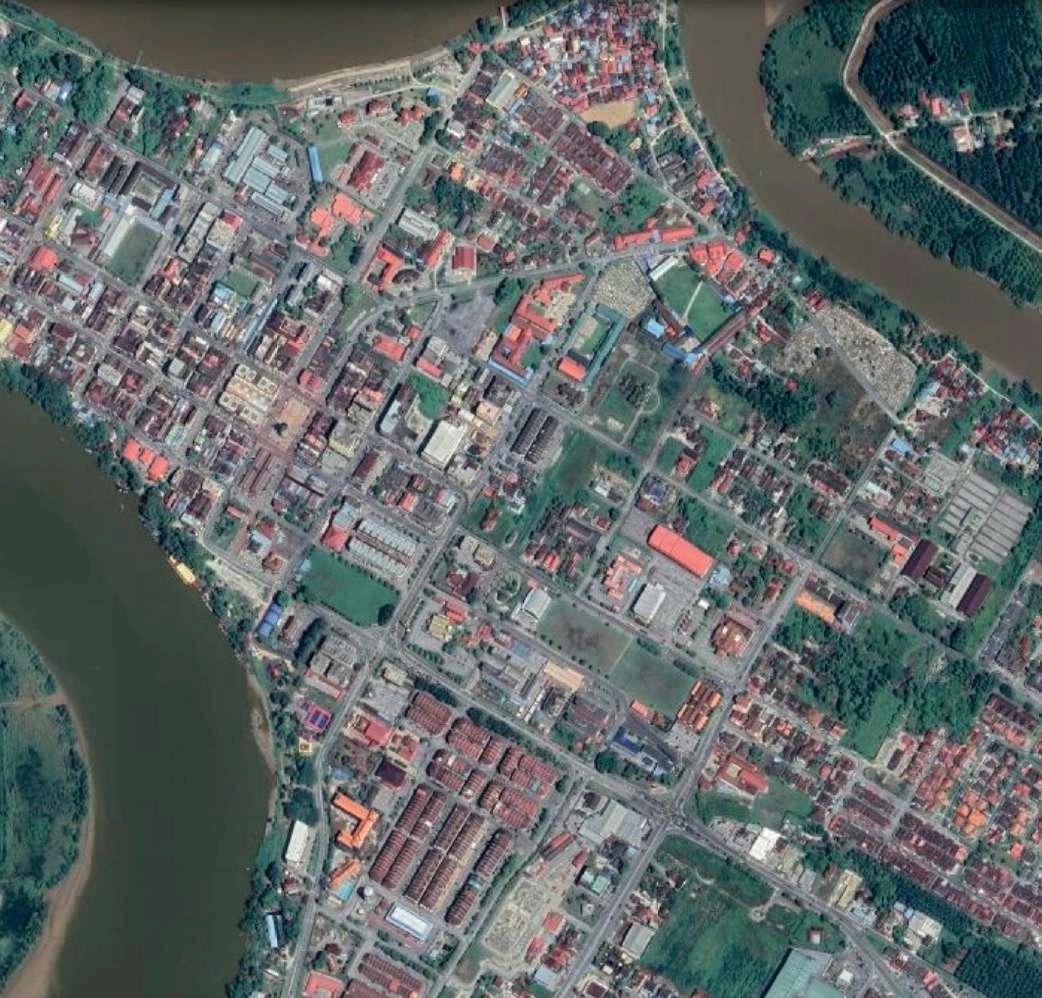

Overall population number every 10 years (1921-2023)
19211931195119611971198119912001201120212023
Previously known as the Teluk Mak Intan after a renowned female Mandailing Trader.
Teluk Intan has historical roots dating back to the 16th century during the Malacca Sultanate.
.In 1882, Hugh Low, the then British Counsellor in Perak, proposed to the Perak State Assembly that Teluk Mak Intan be renamed "Teluk Anson" in honour of the contribution of the then British Governor in Penang, General Archibald Anson.
The Perak State Assembly officially changed the name of Teluk Mak Intan to "Teluk Anson" on 14 November 1882 after discussion.
On January 1, 1982, on the occasion of the 100th anniversary of the establishment of Teluk Intan, the then Sultan of Perak changed its name to "Teluk Intan".
Streets lined with colonial-style facades create an atmosphere that transports visitors back in time, allowing them to envision the bustling activity that once defined Teluk Intan.
Teluk Intan's allure extends beyond its history and culture to become a paradise for food enthusiasts.
Boat-House as transportation.
It served as a trading post and was part of the region's maritime trade network.
Teluk Intan is also the capital of the district of Hilir Perak.
River cruises along the Perak River offer not only a picturesque tour but also a journey through the cultural tapestry woven by the river's presence.
Teluk Intan's history can be traced back to the early days of human settlement in the region. The area around the Perak River was likely inhabited by indigenous communities.
1874 - John Anderson reported Teluk Intan as the first and earliest settlement in hilir Perak other than Pasir Berdamar, Batak Rabbit and Durian Sebatang.
1875 - Teluk Intan has become a ministration center and based of english colonists after receiving Pangkor agreement 1874. This city is later compared to Durian Sebatang , Pasir Berdamai and Bata Rabbit.
In the early stage, Durian sebatang was an administration center for harbor to collect tin from Batang Padang Bidor dan Rapah.
3rd British resident Sir Hugh Lew required good deeds from negeri Selat governor to create a new administrative city at Teluk Malunting (Teluk Mak Intan)
When acting negeri selat governor was General sir Archibald Edward Harbord Anson (1826-1925). Anson agreed with the High Low proposal and proceeded to draw the first Teluk Intan city plan. Anson was elected as district officer for Teluk Intan and retired in 1882.
1882 - Draw the first Teluk Intan City plan.
15 March 1882 - Teluk Anson city is named after him. The name was given by high Low during the agreement of the state council.
However, Durian Sebatang continue as a connection for unloading local produce mainly Bidor and Tapah.
One suggestion connecting Teluk anson and Durian Sebatang will affect becoming an island in Sungai Perak.
1884 - acting resident Perak Frank Swattenham Musykil
1918-1938 - Sultan Iskandar Shah has decided to stay in Perak as a Sultan of Perak.
1938 - Teluk Intan became Bandar Diraja (Royal City) for young price of Perak fill today
1962 - Majlis Bandaran Teluk Anson elected as a district officer as the local government institution
1970s - Teluk Intan has ended the trait of local motive of Perak because sungai perak has become shallower due to soil erosion along the bank
15 April 1980 - Hilir Perak gas established a distant counselor to manage and govern areas such as Langkap, Chaichak, Pelawan, Batu dua Belas. Local government act 1976
City and mural community planning act 1976
Road sewerage and building act 1974
23rd April 2003 - Municipal Conneil teluk intan has been upgraded from district counsel hilir Perak after getting the cabinets approval.
4th April 2003 - Proclamation ceremony was officiated by DYMM Paduka Sri Sultan Perak.
Before Train rails - Transportation for import by using boats, to journey to Kinta. If there’s a village nearby they will ring a gong to attract customers.
1885 - Keret api from Taiping to Port weld
1880 - abundance of copper in Kinta making Ipoh the main city
1887 - Sir Frederick retires, Sir Cecil Clementi change
1889 - Frank Swettenham become permanent resident and proposed train lanes from Teluk Anson to Tapah (To be connected to Ipoh’s Lane)
1891 - Decision to build lanes from Ipoh to Tapah.
1893 - construction of train lanes from Teluk Intan to Ipoh started
1894 - continuation of train lanes between Ipoh and Batu Gajah to Kota Baharu
1890s - Declining old ways before train rail Pelabuhan teluk anson becoming popular. Many boats stop by Teluk Anson.
Tourism (Hotels/homestay, river cruise, heritage management,)
Vendors (Culinary, stalls ) E-Hailing
Here, job opportunities are limited, prompting many young people to seek better prospects elsewhere. Numerous local businesses, such as Hawayi, have been passed down from the previous generation to the next. For instance, before specializing in the sale of longan fruit, Hawayi was originally managed by the previous generation, and now it has been handed over to their children.
Moreover, one of the uncles who sells soy milk has taken over the business from his father. The soy milk stall has been a family legacy, and he continues to run it. In this community, there is a prevalent trend of businesses being inherited and sustained within families, showcasing a tradition of passing down entrepreneurial ventures to the next generation.
The majority of the local population here is engaged in various trade and commerce activities. This reflects a cultural and economic reliance on family businesses, where each stall or shop carries a unique story of familial succession and dedication to sustaining the community's economic landscape.
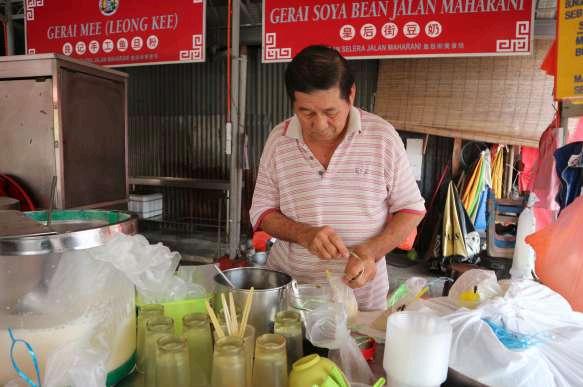
Most locals are less interested in the heritage’s history
The community does not see the value of historical architecture to be turn into a product of tourism. They were caught in a dilemma either they leave teluk intan for high salary job or they remain staying in Teluk Intan for family.
Less job opportunity. Vacillating helpful Segregation of cultural merging fabric in relation of religion
Most shophouses are being occupied by the Chinese but eco- tourism are leaning to the Malays more.
Aim: To introduce Teluk Intan’s rich cultural history, environment and it’s awareness
On going project:
Flood immigration project (Strengthen the edge of the river)
Drainage being constructed deeper to avoid flood Renovations (Glutton Square (Done), Pusat penjaja di Jln Maharani, Pasar Besar Teluk Intan, Taman Rekreasi Riverfront)
Cultural Street and Art Street
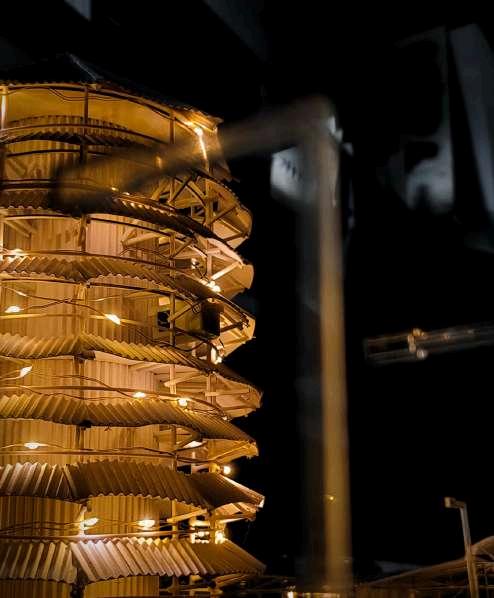
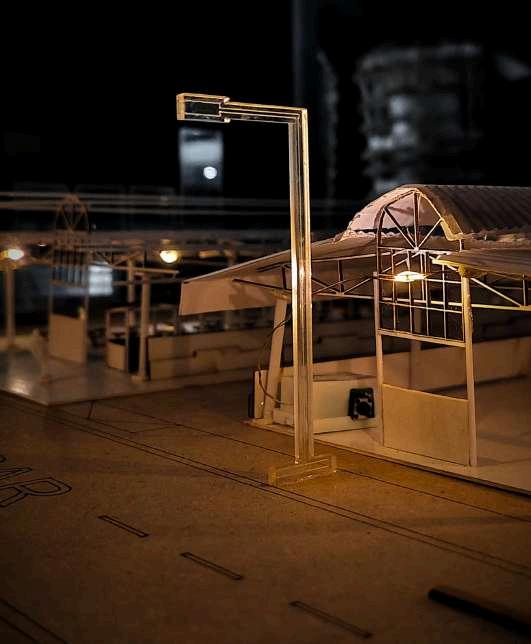
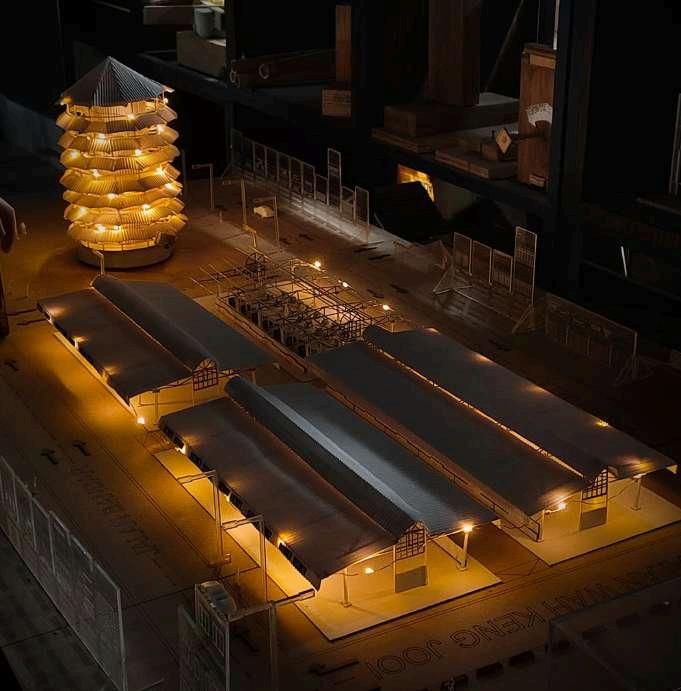
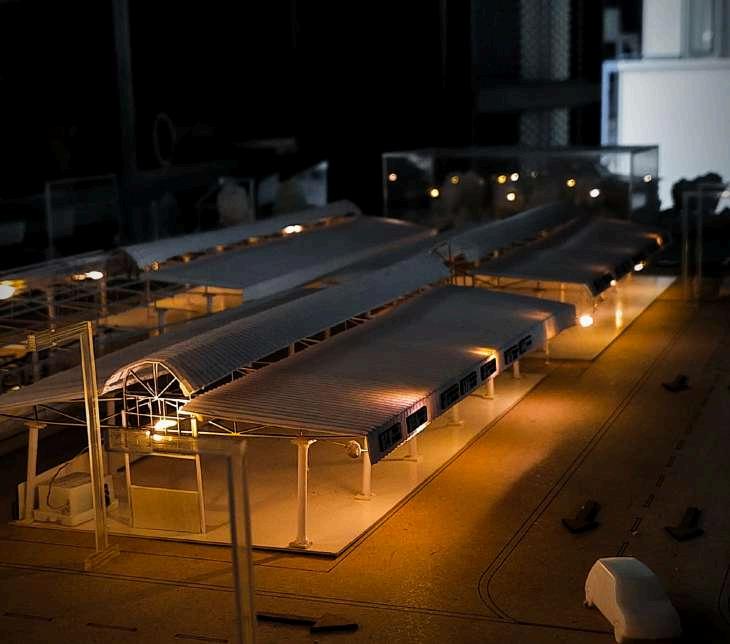
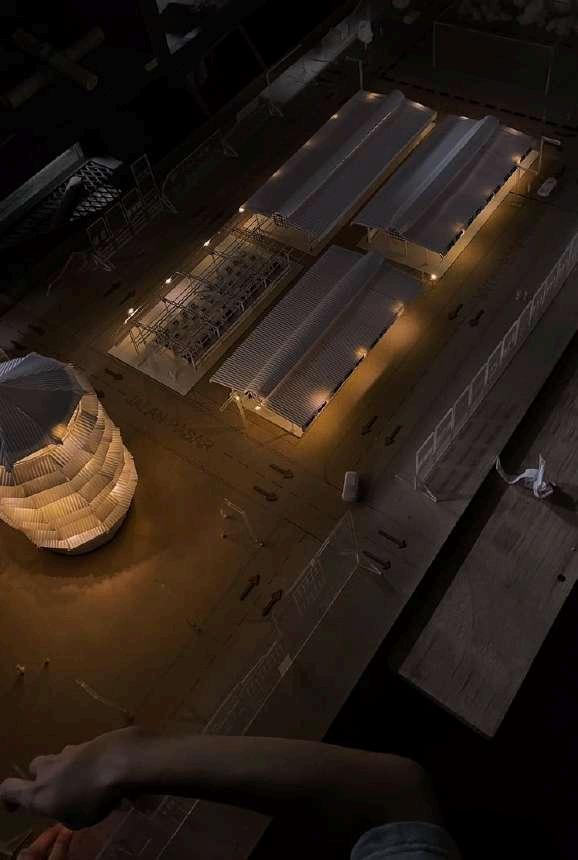
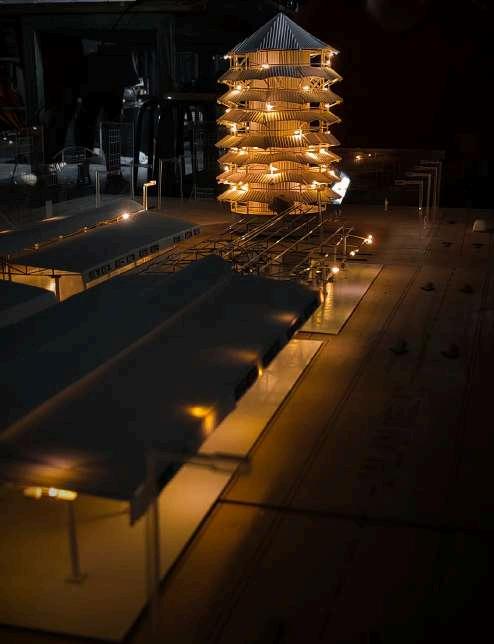

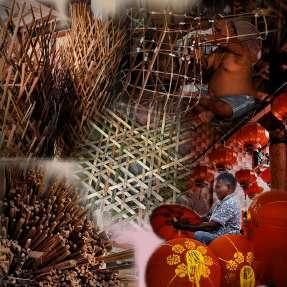

TELUK INTAN PAST TRADE PERSPECTIVE TELUK INTAN IN THE PRESENT TRADE PERSPECTIVE
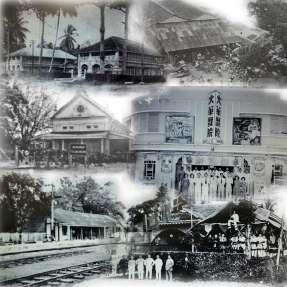
TELUK INTAN PAST CULTURE AND PHYSICAL

TELUK INTAN PRESENT CULTURE AND SEMI-DIGITAL
TELUK INTAN IN THE FUTURE TRADE PERSPECTIVE

TELUK INTAN FUTURE CULTURE AND DIGITAL WORLD

TELUK INTAN PAST BUILDING INFLUENCE
TELUK INTAN PRESENT BUILDING INFLUENCE
TELUK INTAN FUTURE BUILDING INFLUENCE
layer showcasing the era of trading evolution in teluk intan. trades evolving from mass production to a more exclusive products.
Layer portraying the local culture changes in teluk intan. past community used to gather together however, present community tend to be on the digital world. with this trend a hologram/fully digital ai community is likely to happen.
layer showcasing the evolution of architectures in the area from wooden houses/building to concrete/steel building. with the predicted future building to have neon lighting influence into the design.
